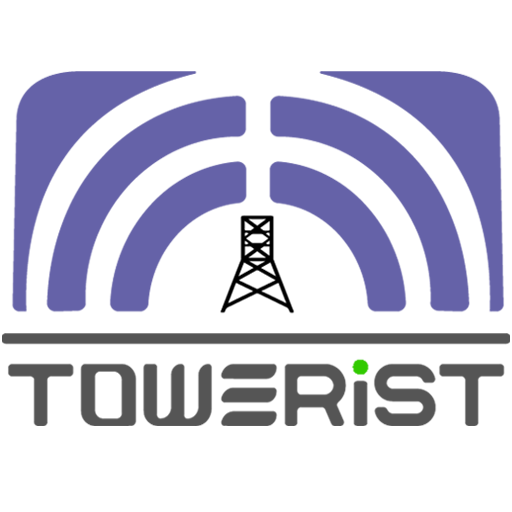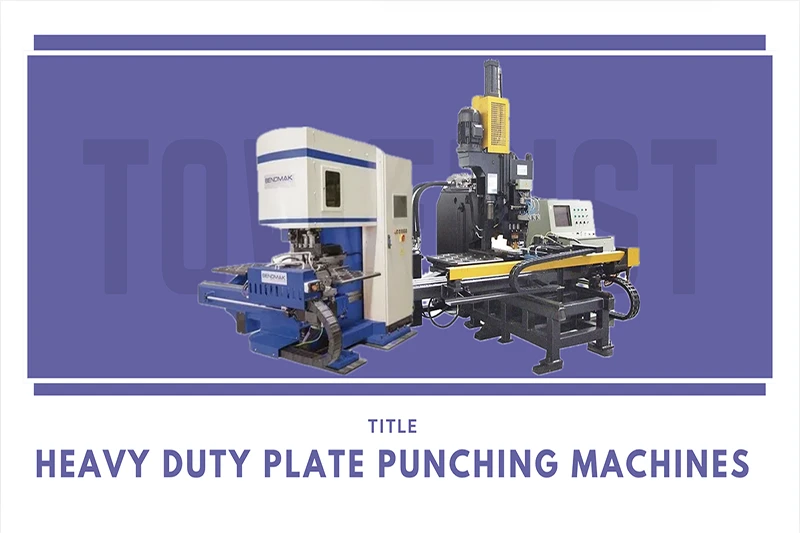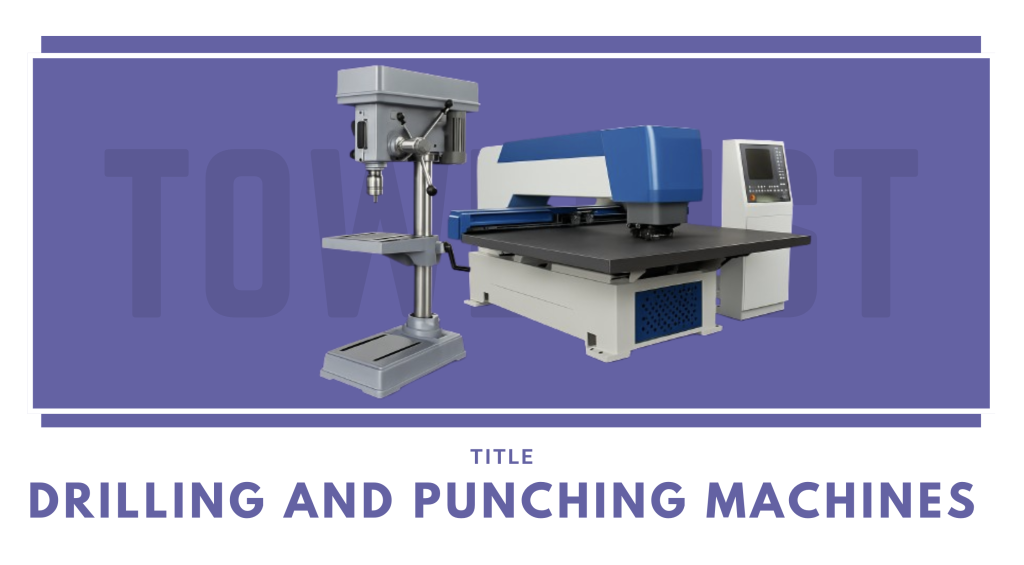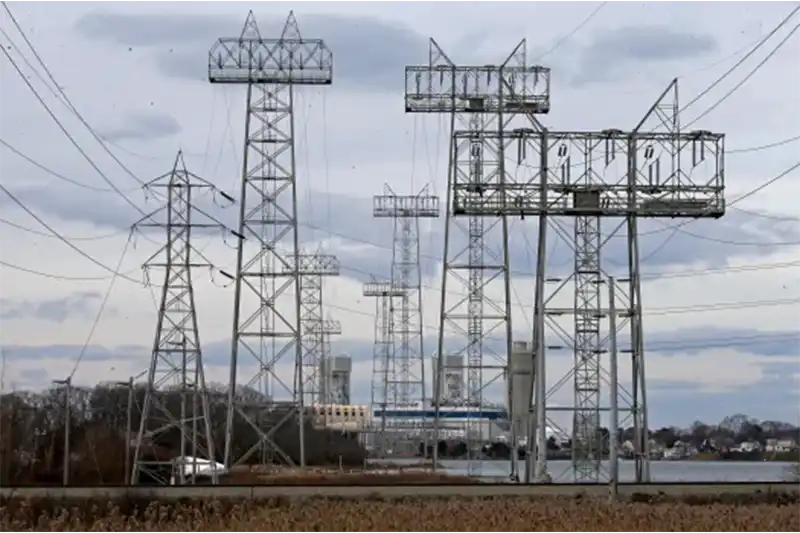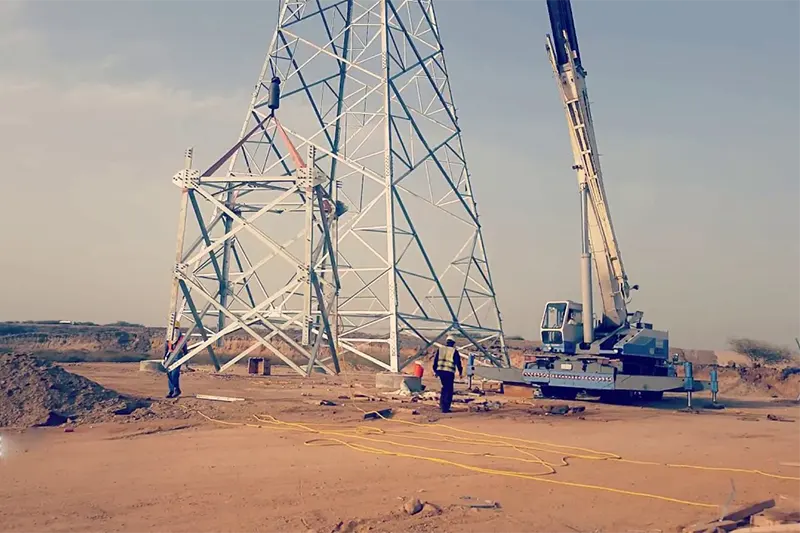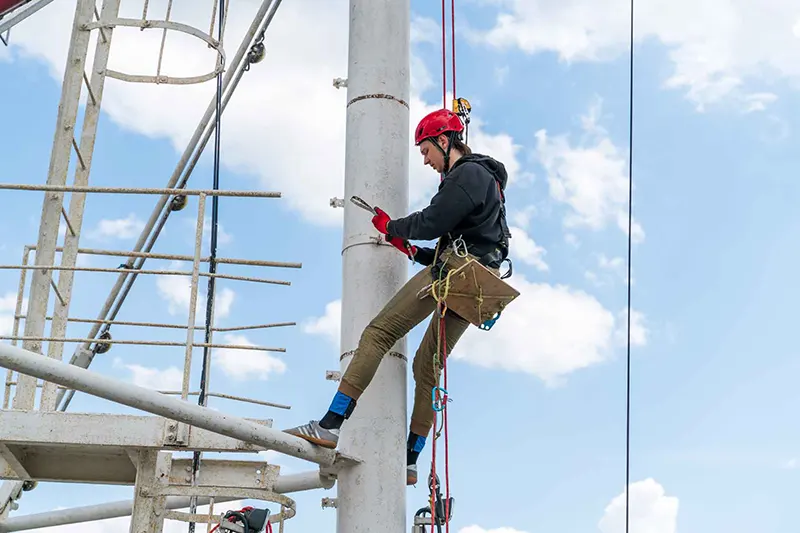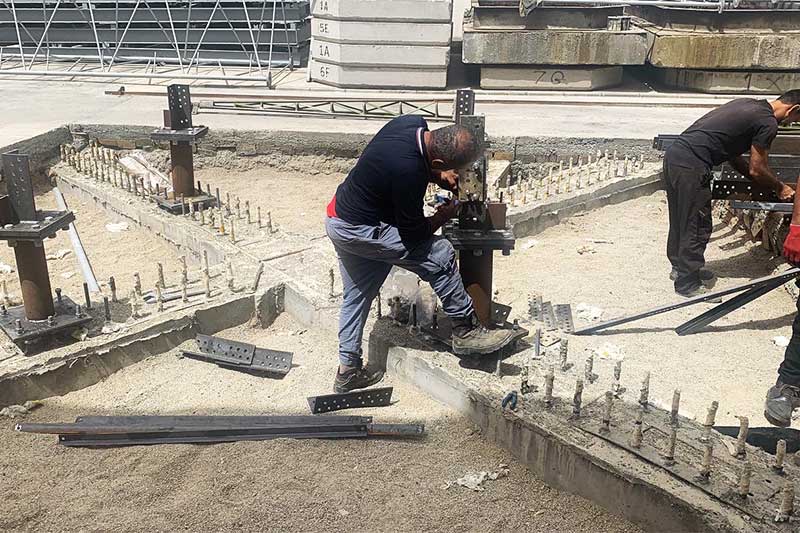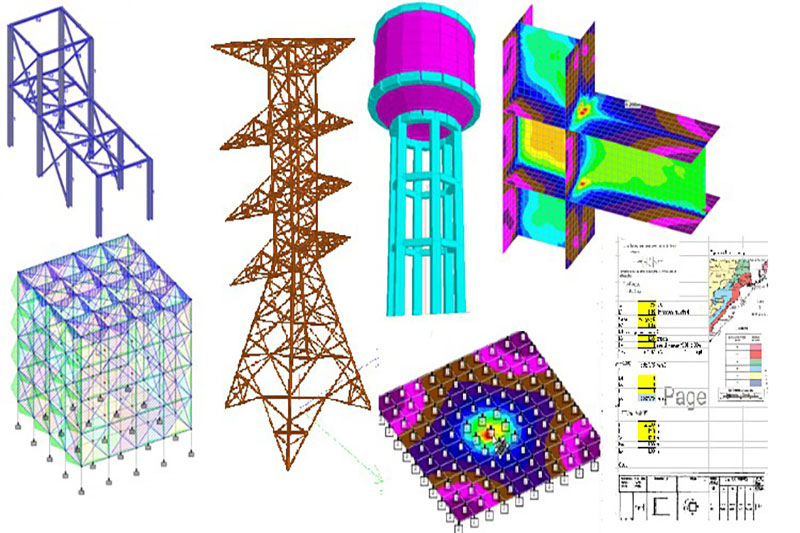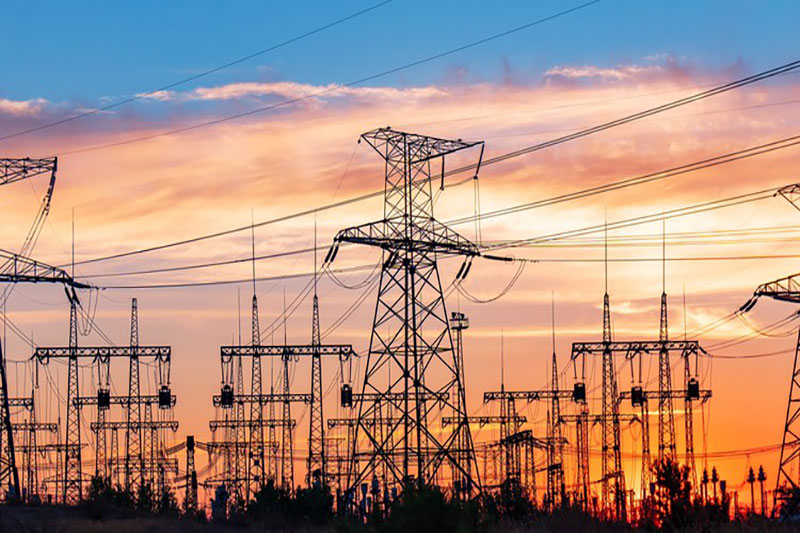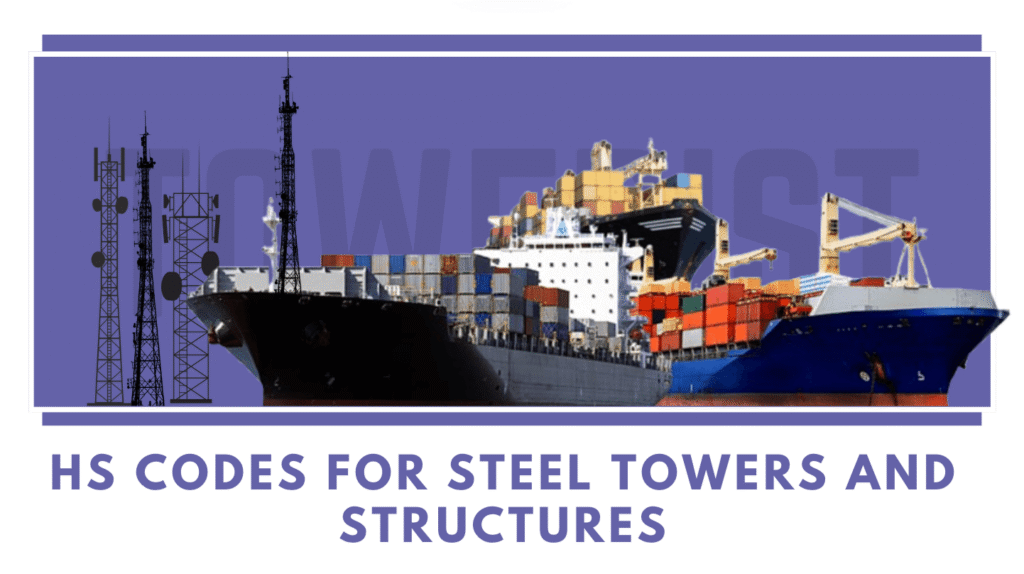
Comprehensive Guide to HS Codes for Steel Towers and Structures
Discover the essential HS codes used in the export of steel towers and poles, including lattice masts, tubular poles, and wind turbine towers. This guide explains each code’s purpose and helps exporters avoid costly misclassification. With over Twenty-two years of global experience, Towerist is your trusted partner in tower exports.
